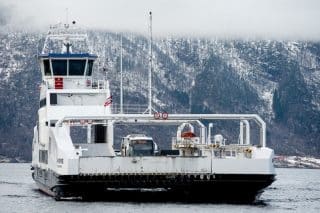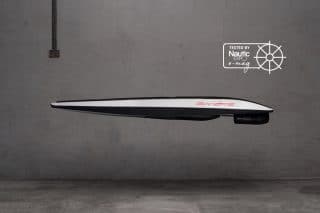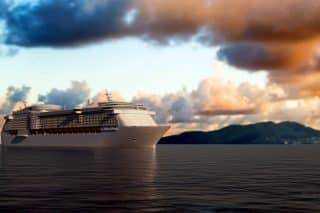In the early days of ballast treatment system development -before the IMO convention had been written, yet alone adopted-, many new technologies were being explored. Although heat, deoxygenation and ultrasonics were considered highly promising, UV and electrochemical systems now dominate.
Certainly the vast majority of IMO type-approved systems are one of the dominant types, but the other technologies have not been ignored and occupy a niche section of the market.
Two companies have big plans for heat treatment. Danish maker Bawat received IMO type-approval for its system in October 2014 and has also gained U.S. AMS status. Norwegian company Ulmatec plans to produce a system called Pyro, a heat treatment system that currently has no installations.
Heating + Nitrogen
Common to all systems is that they are used on load or discharge and also treat the ballast throughout the voyage. This involves taking ballast in the normal way -without treatment in line and during the voyage- heating it with a heat exchanger using waste heat from the main engine, boiler or other appropriate source, and cooling it in a second heat exchanger. This produces hot water or steam that can be used directly, such as for hot water or steam coils for oil cargo heating, or as part of a waste heat recovery system.
The Bawat system also employs a second method of treatment: As after the pasteurization, nitrogen under pressure is injected into the water flow. The nitrogen is released as mini bubbles at the tank bottom and through the surface of the bubbles the dissolved oxygen in the ballast water is replaced by nitrogen. Bawat CEO, Kim Diederichsen believes that its late arrival to the party has been an advantage as some technologies have been shown to be troublesome, and the low opex of using waste heat makes the system attractive to owners seeking to minimize lifetime costs.
Deoxygenation is a feature of several other systems such as Coldharbour Marine’s GLD, MH Systems, OceanSaver MkI (now discontinued) and NEI Treatment’s VOS. The first three use nitrogen from an inert gas generator, similar to Bawat, while the NEI Treatment system uses its venturi oxygen stripping.
Efficient Ultrasound
Coldharbour Marine’s GLD makes use of ultrasound, as do some other systems, but unlike others that have powered transducers to produce the ultrasound, Coldharbour Marine’s system uses gas-induced ultrasonic shockwaves produced inside the GLD. The ultrasonic generator requires no power and has no moving parts. Another system in development in Germany is also rumored to use ultrasound, but details have not been released.
Andrew Marshall , CEO of Coldharbour Marine, told NauticExpo e-Magazine that systems that treat during the voyage have a big advantage, especially for tankers, because time spent in port is limited and in-line treatment systems are unable to cope with the high volumes involved. He also believes that ultrasound is useful, but systems that need power to produce it can be too expensive to operate, and it is not necessarily effective against higher life forms.






